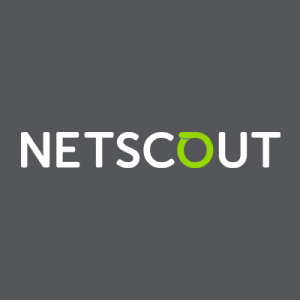Service and Support
Technical support for NETSCOUT nGeniusONE receives praise for responsiveness and helpfulness, especially with direct engineer contacts. Many users highlight satisfaction with onsite engineers and quick ticket resolution, though some expressed concerns about limited resources and response times. Generally, customer service is deemed competent, with prompt assistance for setup and troubleshooting. Connections with sales engineers enhance the support experience, although high costs and inflexibility in certain instances are noted as areas for improvement.
Deployment
Many found NETSCOUT nGeniusONE's initial setup complex, requiring significant planning and time, especially in intricate environments. Complexity often stemmed from migrating, configuring, and integrating various components. Some reported a simpler experience with automation, resulting in faster setup. Successful deployment often depended on strategic planning, proper documentation, and knowledgeable personnel. Users emphasized the benefit of leveraging NETSCOUT's Professional Services for efficient implementation. Training was crucial for simplifying the process and ensuring smooth operation.
Scalability
NETSCOUT nGeniusONE offers strong scalability potential, with users noting its capability for extensive scaling in virtual environments and cloud-based solutions. While some face challenges due to hardware limitations, the virtual enhancements are well-received. Scalability may depend on infrastructure choices and available budgets, but many highlight its flexibility, despite some encountering cost considerations and implementation complexities. Users appreciate the option to expand in various directions, particularly within larger networks.
Stability
Users find NETSCOUT nGeniusONE generally stable, though some mention inconsistencies with reporting and customization needs. Many have not faced major stability issues, while others experience occasional timeouts, slowdowns, or required restarts. Stability can be affected by user configurations and updates. Stable when implemented correctly, it may challenge capacity limits, but with professional services and hardware enhancements, functionality improves steadily. Users appreciate its performance, though some prefer SaaS solutions like Datadog for better stability.




